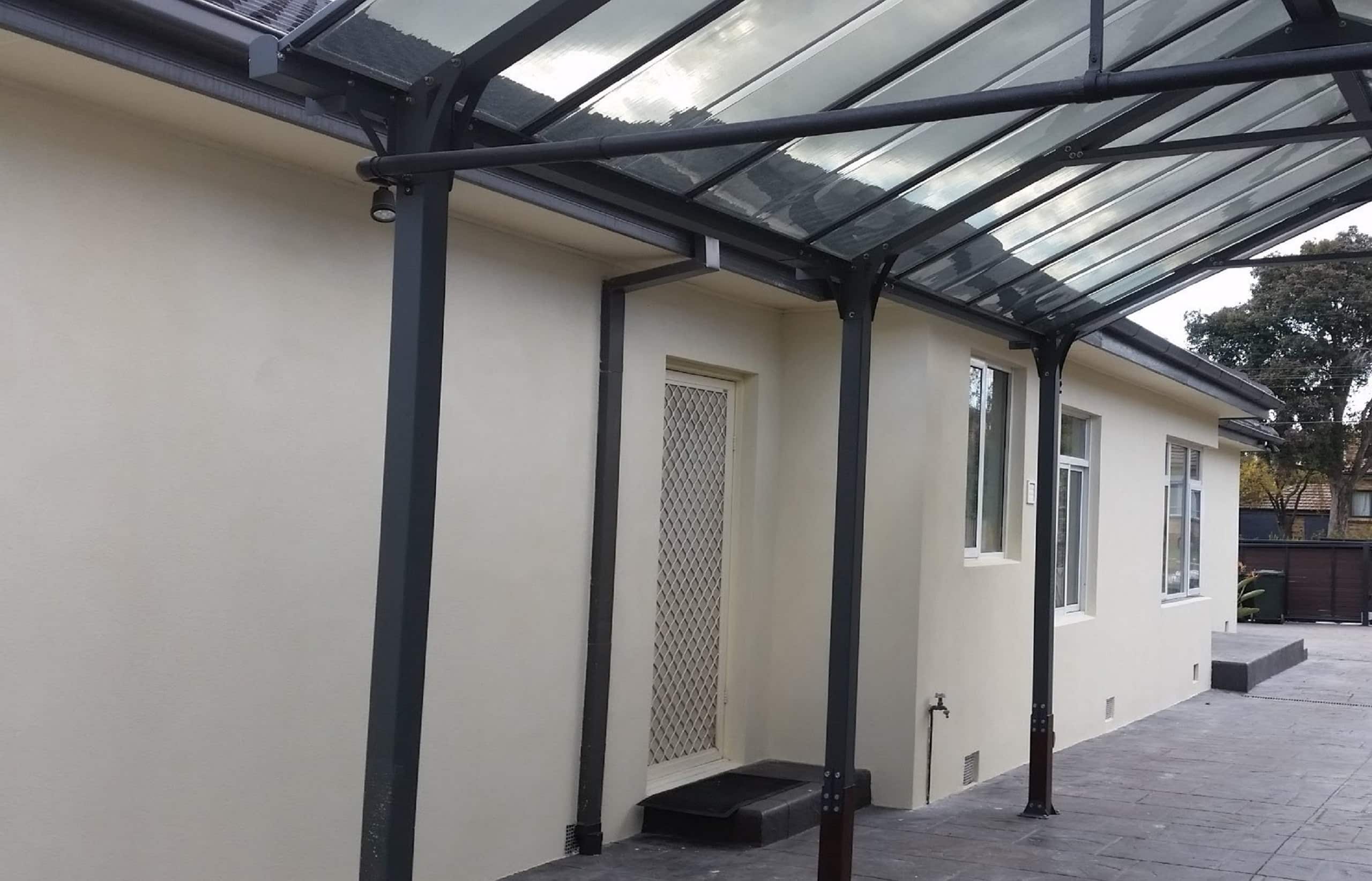Your Local Renderer
The great Australian dream of owning a property endures, with no signs of changing soon. However, renovations and upgrades can be costly. Rendering offers an opportunity to give almost any property a new lease on life—whether it’s tired old brickwork from the ‘80s that needs a refresh or a new addition that needs to be seamlessly incorporated into an existing home.
The best aspect of render is its versatility. It can be applied to a variety of surfaces beyond brickwork, making it suitable for almost any building project or makeover. Tilt panels, fibre cement sheeting, and Besser blocks are among the surfaces that render can seamlessly cover, creating a uniform finish across multiple areas inside and outside the home.
Renovating your home with render is a fantastic way to enhance its appearance and value. But where should you start? We’ve compiled some tips on budget, colour, and types of renders to help you successfully renovate your home with render.


Choosing the right colour is essential for achieving a fresh and clean appearance. Painting the render not only adds colour but also an extra layer of protection. If you choose to render and paint, know there is a wait time as the render cures and sets—typically around four weeks. For resale purposes, using a contemporary colour scheme will help. When considering colours, think about the garden and neighbouring houses—decide whether you want your home to contrast or complement its surroundings.
Is your house a little old? Before you consider rendering, it’s best to square things up so that the shape matches the modern finish of render. All the walls need to be dry, so if you’ve just done some brick patching, the mortar will need to cure before you can render. In some cases, council approval is required to change the appearance of your home, so it’s best to check before you get started.
Rendering is an economical way to renovate the exterior –still coming

Acrylic renders, made possible by modern technology, offer more versatility than cement-based renders. They can cover various surfaces, including blue board, polystyrene, masonry, brick, and painted surfaces. Although acrylic render is typically more expensive, it adds a bespoke look to your home exterior with various textures and colors. Acrylic renders are safe to color since they do not have the same weathering issues as cement-based renders. They are durable, crack-resistant, flexible, high-impact tolerant, weather-resistant, and have anti-fungal properties.
Render isn’t just for your home’s exterior walls. Consider using it on the front fence, letterbox, and retaining walls to complete your home’s new look. Render can also be used inside your home to create feature walls or update old internal brickwork, adding a touch of modern sophistication throughout your property.
Rendering your home is a small investment that significantly increases its value and aesthetic appeal. It hides imperfect brickwork and transforms the exterior with a modern look. Render also offers practical benefits by protecting your home from weather and general wear and tear, acting as an additional layer of insulation. This protection prevents dampness and moisture from seeping into the walls, thereby extending the lifespan of your home.
By Australian Rendering Company








House rendering involves applying a thin layer of cement, sand, or acrylic to the exterior walls of a building. This process can enhance the appearance of your home, protect it from weather damage, and increase its overall value.
The cost of house rendering in Melbourne varies depending on the size of the house, the type of rendering material used, and the complexity of the job.
The time it takes to render a house in Melbourne depends on the size of the house and the type of rendering material used. The process can take anywhere from a few days to a few weeks to complete.
There are several types of rendering materials available in Melbourne, including cement render, acrylic render, and lime render. Each type has its own benefits and drawbacks, so it’s important to discuss your options with our professionals to determine the best choice for your project.
Yes, house rendering can improve the energy efficiency of a house by helping to regulate the indoor temperature. It can reduce the amount of heat that escapes through the walls, potentially lowering your energy bills.
The lifespan of house rendering varies depending on the type of material used and the quality of the job.
On average, house rendering can last anywhere from 10 to 25 years.
House rendering can be a messy job, as it involves mixing and applying wet materials to your house’s walls. However, a professional rendering service will take steps to minimize mess and clean up thoroughly after the job is done.
House rendering can be done on most types of houses, including brick, concrete, and timber-framed houses. However, it’s important to consult with a professional to determine whether your house is suitable for rendering.
Yes, house rendering can increase the value of your house by improving its appearance, protecting it from weather damage, and enhancing its energy efficiency. Additionally, it can make your house more attractive to potential buyers if you decide to sell in the future.